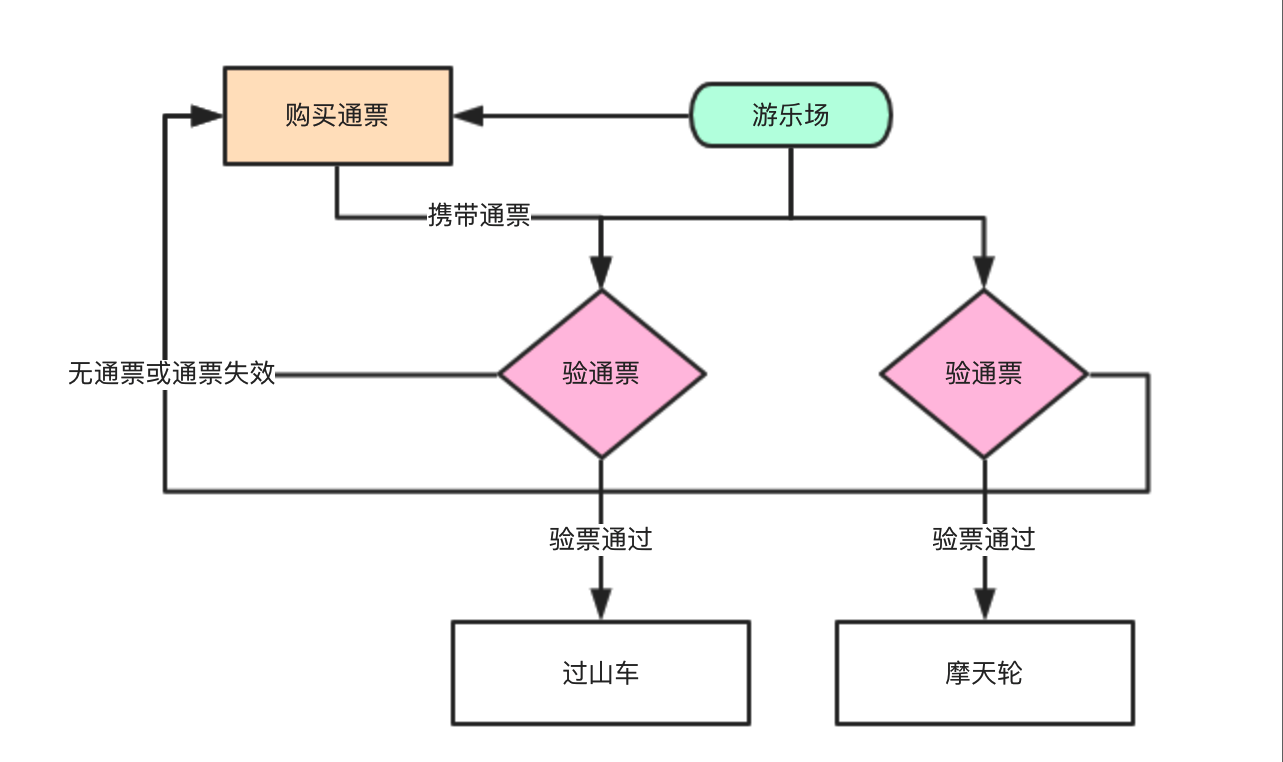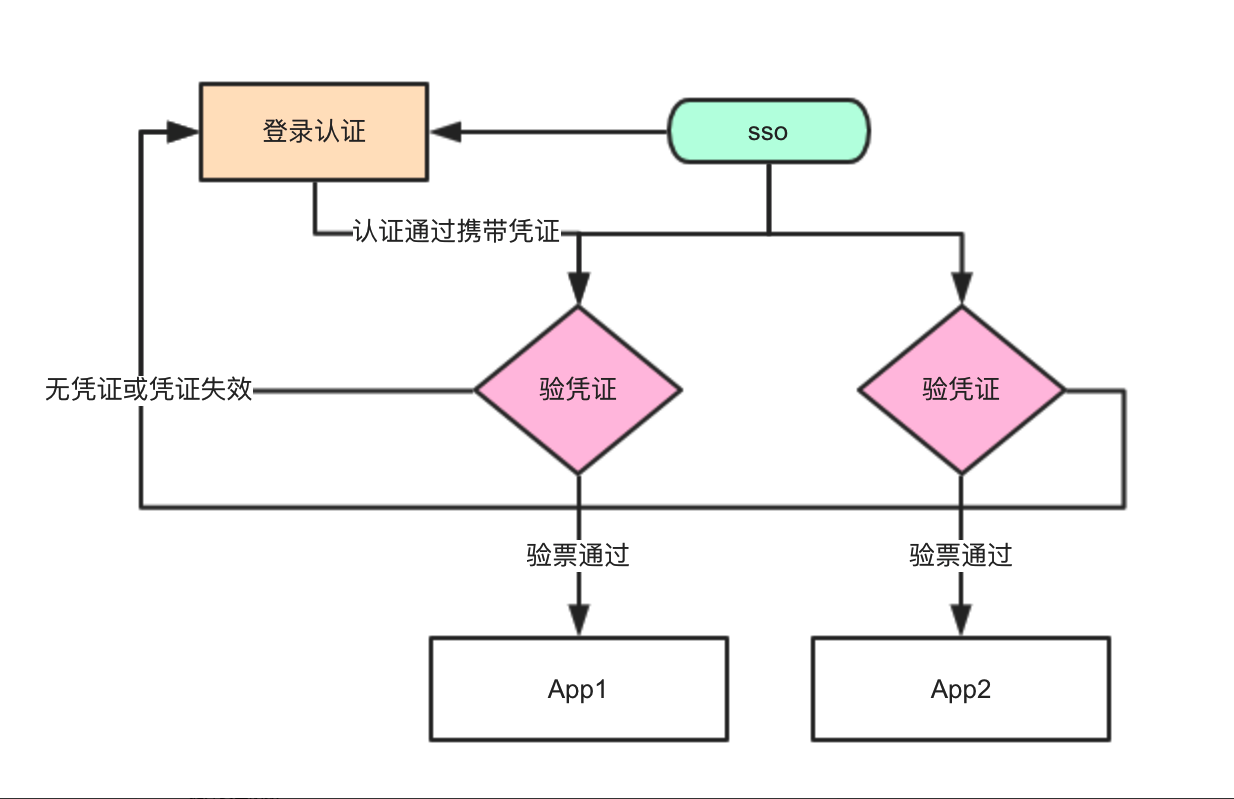
常见的Linux发行版本
SSO 是英文 Single Sign On 的缩写,翻译过来就是单点登录。顾名思义,它把两个及以上个产品中的用户登录逻辑抽离出来,达到只输入一次用户名密码,就能同时登录多个产品的效果。
打个比方,SSO 和我们去迪士尼玩时购买的通票很像。

我们只要买一次通票,就可以玩所有游乐场内的设施,而不需要在过山车或者摩天轮那里重新买一次票。在这里,买票就相当于登录认证,游乐场就相当于使用一套 SSO 的公司,各种游乐设施就相当于公司的各个产品。

使用 SSO 的优点很明显:
- 提升用户体验。 就以我厂为例。我厂有两个产品,丁香人才网和丁香园论坛,假如你是我厂用户,肯定无法忍受登录丁香园论坛的时候输入一次用户名密码,登录人才网又要输入一次用户名密码吧?
- 避免重复开发 假如你是我厂后端,每天任务都饱和的不行,肯定无法忍受到人才网开发一套登录逻辑,到论坛又开发一套登录逻辑吧?
- 提升安全系数 假如你是我厂运维,发现了一个安全隐患需要紧急修复。你肯定无法忍受给茫茫多的产品后端都发一封邮件,责令修复吧?万一漏了一个呢?
综合看来,SSO 不仅是有用的,而且是必要的。
How to check Ubuntu version
lsb_release -a
lsb_release -ds
lsb_release -cs
s - short d - description c - code name
hostnamectl
cat /etc/os-release
Check how long your system is supported
ubuntu-security-status
pro security-status (Ubuntu 22.04 jammy)
What is LTS?
How do I know if X11 is enabled? How do I know if XORG is working?
If you want to check for errors in X11, launch “xeyes”, and a simple GUI should appear on the screen.
What is the $DISPLAY environment variable?
The magic word in the X window system is DISPLAY. A display consists (simplified) of:
- a keyboard
- a mouse
- and a screen
A display is managed by a server program, known as an X server. The server serves displaying capabilities to other programs that connect to it.
The remote server knows where it has to redirect the X network traffic via the definition of the DISPLAY environment variable which generally points to an X Display server located on your local computer.
The value of the display environment variable is:
hostname:D.S
where:
hostname is the name of the computer where the X server runs. An omitted hostname means the localhost.
D is a sequence number (usually 0). It can be varied if there are multiple displays connected to one computer.
S is the screen number. A display can actually have multiple screens. Usually, there’s only one screen though where 0 is the default.
Example of values
localhost:4 google.com:0 :0.0
hostname:D.S means screen S on display D of host hostname; the X server for this display is listening at TCP port 6000+D.
host/unix:D.S means screen S on display D of host host; the X server for this display is listening at UNIX domain socket /tmp/.X11-unix/XD (so it’s only reachable from host).
:D.S is equivalent to host/unix:D.S, where host is the local hostname.
:0.0 means that we are talking about the first screen attached to your first display in your local host
Read more here: support.objectplanet.com and here: superuser.com and here: docstore.mik.ua.
From a X(7) man page:
From the user’s perspective, every X server has a display name of the form:
hostname:displaynumber.screennumber
This information is used by the application to determine how it should connect to the server and which screen it should use by default (on displays with multiple monitors):
hostname The hostname specifies the name of the machine to which the display is physically connected. If the hostname is not given, the most efficient way of communicating to a server on the same machine will be used. displaynumber The phrase “display” is usually used to refer to a collection of monitors that share a common keyboard and pointer (mouse, tablet, etc.). Most workstations tend to only have one keyboard, and therefore, only one display. Larger, multi-user systems, however, frequently have several displays so that more than one person can be doing graphics work at once. To avoid confusion, each display on a machine is assigned a display number (beginning at 0) when the X server for that display is started. The display number must always be given in a display name. screennumber Some displays share a single keyboard and pointer among two or more monitors. Since each monitor has its own set of windows, each screen is assigned a screen number (beginning at 0) when the X server for that display is started. If the screen number is not given, screen 0 will be used.
下面详述一下各种场景下的 SSO,它们之间是逐步升级,逐步复杂化的关系。
-
同域 SSO如图,同域 SSO 是最简单的一种情况。此时,两个产品都是在一个域名下,单点登录是很自然的选择。我们来捋一捋步骤,搞清楚这里的步骤是理解后文的基础,千万不要跳过。
- 用户访问产品 a,向 后台服务器发送登录请求。
- 登录认证成功,服务器把用户的登录信息写入 session。
- 服务器为该用户生成一个 cookie,并加入到 response header 中,随着请求返回而写入浏览器。该 cookie 的域设定为 dxy.cn。
- 下一次,当用户访问同域名的产品 b 时,由于 a 和 b 在同一域名下,也是 dxy.cn,浏览器会自动带上之前的 cookie。此时后台服务器就可以通过该 cookie 来验证登录状态了。
实际上,这种场景就是最简单最传统的登录操作。虽然我们把产品 a 和 b 人为分开了,但由于它们在同域上,就算看成是同一产品的不同类目也未尝不可。我们没有设置独立的 SSO 服务器,因为业务后台服务器本身就足以承担 SSO 的职能。
What is HWE
What is Ubuntu Core
Ubuntu Core is a stripped-down version of Linux intended for embedded device projects like an Internet of Things device or a smart home project. While Ubuntu Core can have server functionality, it isn’t a server in the same way as a machine running Ubuntu Server is. You should avoid using Ubuntu Core on a server or desktop machine as Ubuntu Server and Ubuntu Desktop are better options.
